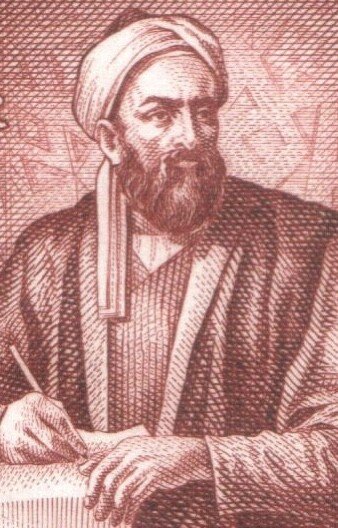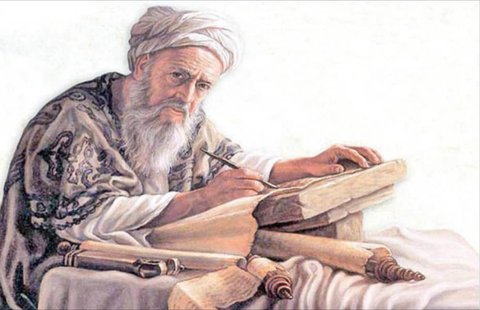Iran (IMNA) - In a poem preserved in a medieval biographical dictionary, al-Biruni expressed limited knowledge of his family background. He spent the first two decades of his life in Khwarazm, where he studied a wide array of subjects including theology, grammar, mathematics, astronomy, and medicine.
Following a tumultuous political period, al-Biruni joined the court of Mahmud of Ghazni, accompanying him on campaigns to India. By the age of 30, he had already measured the Earth's diameter, advocated for its movement, and observed a lunar eclipse.
Akhbar S. Ahmed, a noted anthropologist, regards al-Biruni as the first anthropologist. His scholarly pursuits spanned from Babylonian scientific literature to ancient Indian texts on astrology, reflecting his insatiable thirst for knowledge. Despite only one-fifth of his works surviving, al-Biruni remains a prominent figure among revered Muslim scholars.
He authored numerous books, primarily focusing on astronomical and mathematical subjects, with his work on Indian culture being particularly significant. Al-Biruni meticulously cataloged his works, producing an index that lists 146 titles, although only 22 have survived, with half of those published.
As an astronomer, al-Biruni compiled the comprehensive "Al-Qānūn al-Masʿūdi" (The Masʿūdic Canon), integrating the astronomical knowledge of his predecessors with his original contributions. His "Al-Tafhīm li-awāʾilṣināʿat al-tanjīm" (Elements of Astrology) remains a seminal text in the field.
Long before the invention of the telescope, al-Biruni recognized the Milky Way as a collection of nebulous stars. His treatise on shadows advanced trigonometric definitions, which he applied to religious practices for determining prayer times and the direction of Mecca. Additionally, he pioneered algebraic techniques and worked extensively on geographic coordinates.
Al-Biruni was the first to define pi as the ratio of a circle's circumference to its diameter, a significant advancement from previous geometric definitions. His contributions to science and mathematics have solidified his legacy as one of the most influential scholars of the Islamic Golden Age.



Your Comment